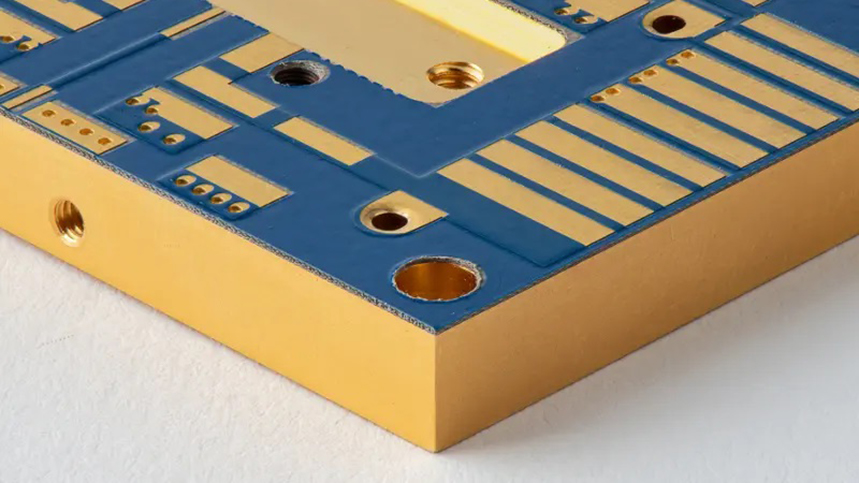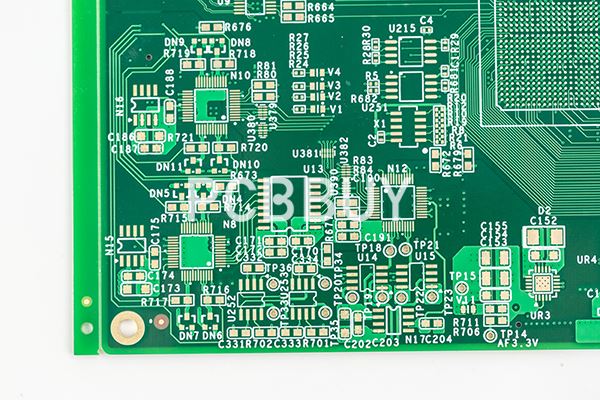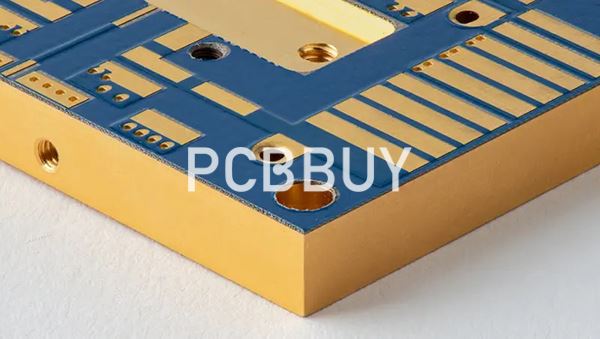How Does 3D Printing PCB Components Assist Fabrication?
By:PCBBUY 10/23/2023 16:24

The PCB design process is fraught with complexities. Though many established machines, toolsets, and other devices are used in manufacturing, sometimes it may be necessary to design something fast. When devising temporary material solutions, 3D printing offers a great advantage due to its low cost of operations and flexibility when the design is likely to be in a state of high flux. Even at the prototyping stage and small production runs, operators stand to gain from a multitasking solution that frees up specialty machinery by filling in on small or unique jobs. Some additional benefits that 3D printing can offer to operations:

Simplicity and Automation: A 3D printer operates without requiring user input beyond setting runtime parameters and general observation. Compared to larger and more complex pieces of equipment where misuse could lead to serious damage to operators, the risk factors for a 3D printer are quite low.
Speed and Flexibility: Compared to some of the more intensive machining tools, 3D printers are exceptionally fast, and pieces are easy to edit and scale as design needs evolve.
Utility: Operators can quickly design and produce supporting parts for PCB manufacturing, even those that may otherwise be unforeseen or tricky to implement with standard tooling.
The overarching boon of 3D printing is adaptability – users can enjoy flexibility from design to production with easy-to-build 3D models that support the overall manufacturing process. In general, 3D printed pieces related to PCB are parts with very low tolerances. They are unlikely to survive to final production due to their role as a transitory process within fabrication. However, 3D printed parts may survive to final assembly, and it’s not hard to see why: as an inexpensive, effective, and highly modular design stand-in, 3D printed components represent a fantastic option for any fabricator.

Designing and Producing Enclosures with 3D Printing
Enclosures can be seen as one of the products that 3D printing can successfully replicate with some pronounced advantages. Primarily, it may introduce an out-of-house process, allowing fabricators enhanced control of their design process while shortening turnaround time from days to hours. Plastic-based PCB enclosures operate similarly to the more expensive aluminum enclosures.
The Faraday cage function is an exceedingly important role, but 3D printing can swap out filaments for different material properties. This feature could be used to design a mesh insert inside the greater thermoplastic enclosure for shielding properties or an embedded solution where the metallic properties are directly deposited into the enclosure. As the technology continues to grow and develop, new design allocations can isolate beneficial properties without sacrificing the many wonderful features that make 3D printing an asset for PCB design.
Industry Category











